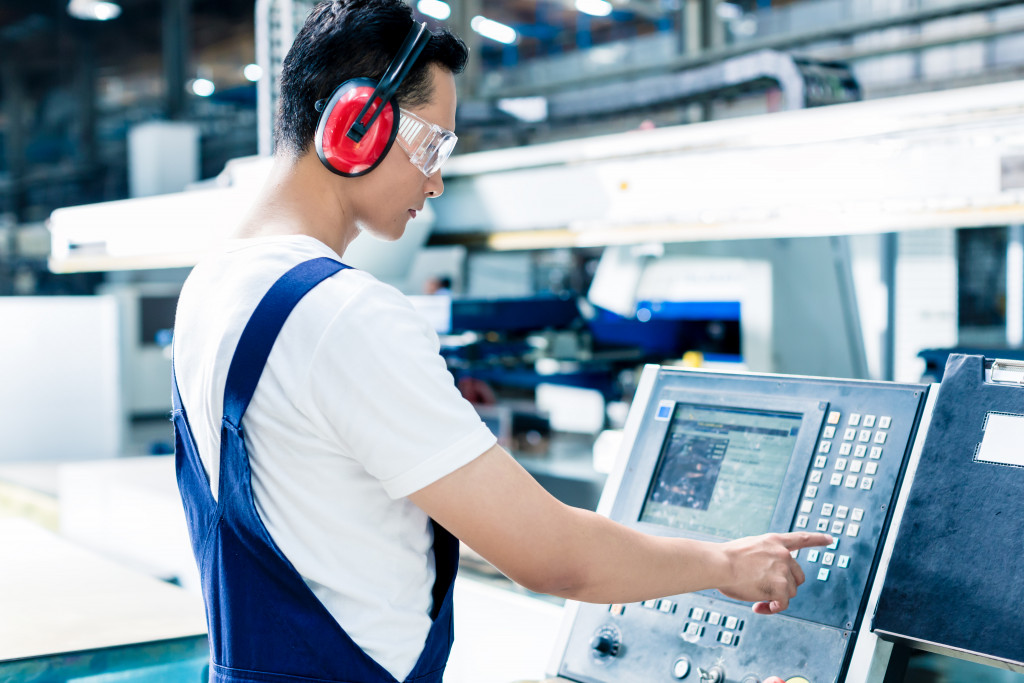In the past decade, robots have become more commonplace in the workplace. From customer service bots to automated assembly lines, robotics technology has revolutionized businesses’ operations and growth. But what are the advantages of using robotic machines in the workplace? Let’s take a look!
The Industrial Revolution
Robotics first began to be used in the workplace during the Industrial Revolution. This period was marked by increasing automation and mechanization, with machines taking over many processes previously done by hand.
One example is the loom, which was developed as an automated weaving machine that could create cloth faster than ever before. Machines such as this enabled businesses to produce goods more quickly and efficiently than ever before.
The Rise of Autonomous Machines
The rise of autonomous machines is an exciting development that could drastically change how we work. In recent years, robots have become increasingly autonomous—they can make decisions on their own without human input or supervision. Autonomous robots are used in many industries, from manufacturing to healthcare to agriculture.
One example of this is cobot welding, a process in which robotic arms take over the process of welding without direct human oversight. With cobot welding, industrial settings no longer need to require human operators to oversee or manage the process. Instead, cobots will complete complex tasks using software and their own advanced sensors and mechanisms.
This technology, currently being tested and implemented across many industries worldwide, promises to make more efficient use of labor while still keeping production lines running smoothly. Additionally, it is expected to be much safer than manual welding due to its integration with safety sensors and protocols.
Benefits of Utilizing Robotics
There are a variety of benefits that businesses can enjoy when using robotic machines in the workplace. Here are some of the most noteworthy advantages of robotics:
Robots are more accurate and consistent than humans
Using robots to do repetitive tasks can increase accuracy and consistency across multiple processes. This is especially important regarding safety-critical operations such as those found in manufacturing plants or warehouses.
Robots can be programmed with detailed instructions that guide them through each task, meaning they will always complete their work precisely and without deviation from established standards. Plus, robotic machines don’t get tired or bored like humans do, so they can keep working for extended periods without making mistakes or requiring rest breaks.
Robots are more cost-effective than hiring human employees
Robotics technology eliminates the need for human labor costs associated with completing specific repetitive tasks. The cost savings associated with using robots rather than human employees can be significant over time, as robots tend to require less maintenance and energy costs than human workers.
Additionally, robotic machines are not subject to payroll taxes or other expenses associated with hiring people; businesses can save even more money by investing in robotic technologies instead of traditional labor sources.
Robots can be easily programmed and reprogrammed

One of the biggest advantages of using robots is that they are easily programmable and reprogrammable. This means that businesses can quickly adjust their robots to suit changing needs or scenarios without having to train new human staff members whenever there is a change in operations. It also eliminates any potential problems in retraining existing staff members due to changes in processes or procedures; all you need to do is reprogram your robot!
The Future of Robotics
The future of robotics in the workplace is a hot topic for debate among business leaders. Whereas robots have been traditionally used solely for hazardous tasks in order to keep workers safe, the past two decades have seen rapid advances in artificial intelligence and robotics technology take place.
In the near future, robots will likely be commonplace, with many tasks automated or handled by machines. More businesses are looking into how robotics could help productivity, reduce errors, and improve resource management. Furthermore, these robots may not only work alongside humans more efficiently than ever before, but they could eventually replace some jobs entirely and create new ones.
Although this transition can bring a range of both advantages and disadvantages to employees in various industries, it’s an opportunity to revolutionize workflow and make life safer, easier, and potentially more prosperous for everyone involved.
The Bottom Line
As you can see, there are many advantages to using robotics in the workplace today. Robots provide greater accuracy and consistency than humans ever could; they are more cost-effective over time than hiring employees, and they can quickly be reprogrammed when needed without any extra effort on behalf of management or staff members. Investing in robotic technology for your business may be just what you need to take your operations into the future!
